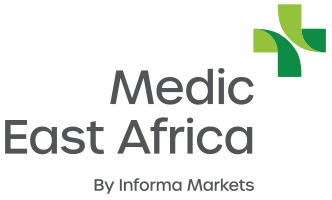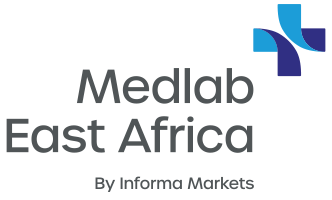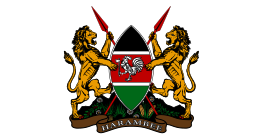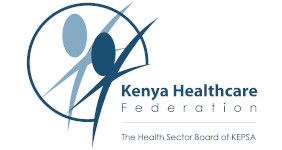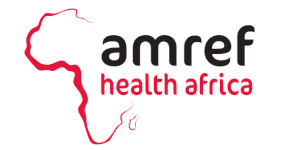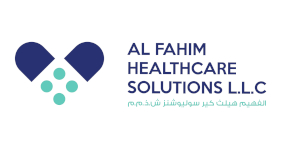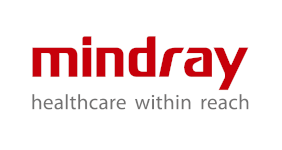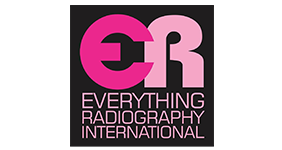Universal Health Coverage in Kenya
In early 2017, WHO figures showed that almost every four out of five Kenyans had no access to medical insurance, which precluded them from being able to reach necessary healthcare services. The National Hospital Insurance Fund (NHIF) is agovernment-run medical insurance service, developed with the eventual goal of offering universal healthcare for all Kenyans. All employed persons in Kenya arerequired to be members of the fund. The fund is the main source of medical insurance for civil servants. In order to expand affordable healthcare coverage in Kenya, President Uhuru Muigai Kenyatta has vowed to increase cooperation between the NHIF and private insurance providers, as well as to change laws regarding such providers. The authorities are targeting 100% coverage in 2022, up from 56% currently, or around 25.7 million population.
According to the Kenya Vision 2030, Universal Health Coverage (UHC) is more than just eliminating the out-of-pocket expenditure; it is also about ensuring access to quality healthcare. This means that capacity in both structural and resource must be increased to handle the needs of the population. Health Tourism is one of Vision 2030’s flagship projects that focuses on specialised medical services. As Kenya positions itself as a destination or specialised health and medical services, it means that a lot will go into providing this opportunity right from education to research and job opportunities in specialised healthcare. Giving Kenyans access to specialised medical services will also improve healthcare in the country and help us achieve UHC and increase the country’s economic development.
UHC county pilot scheme
In December 2018, Kenya launched a pilot UHC scheme in four counties: Kisumu, Isiolo, Machakosand Nyeri. These four counties were chosen because collectively they have a high prevalence of communicable and non-communicable diseases, high population density, high maternal mortality, and high incidence of road traffic injuries. The pilot will reportedly cost nearly US$ 3.9 million in the pilot stage.
This county initiative has already seen significant results in that 91 percent of residents have enrolled in the local health insurance scheme, compared to only 8.8 percent five years ago. The implementation of the scheme has also driven a growth in the number of health facilities available to residents – from 22 to 47 – and an increase in the number of health professionals working in the county.
